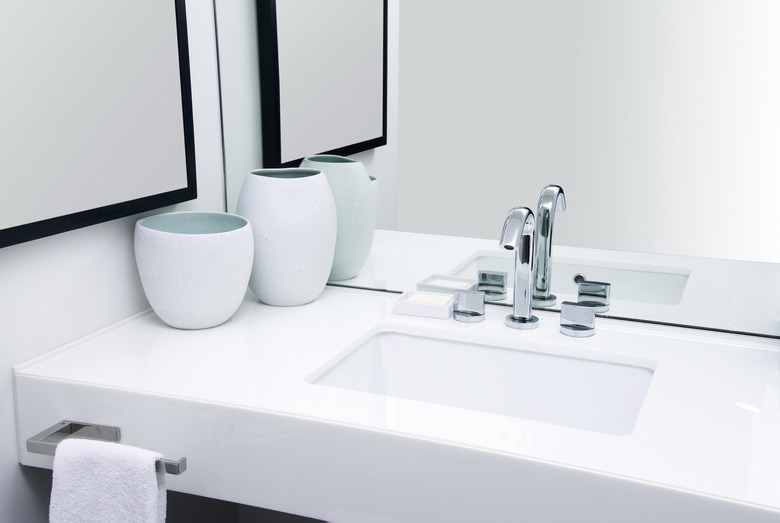3 Common Ventless Sink Drain Problems
A ventless sink drain causes all sorts of problems in your home, from gurgling toilets to water hammer. Installing a vented sink drain also presents problems, because it requires many decisions and some rearranging of your under-sink space.
Have a ventless sink drain? Here are some common issues to be aware of.
1. Inadequate Drainage Power
1. Inadequate Drainage Power
The most common problem with a ventless sink drain is a lack of drainage power. Vents allow the air that is sucked into the drainpipe to escape through a one-way vent before it causes havoc inside your pipes.
As water goes down the drain without a vent, suction occurs in the drainpipe. The drain often gurgles or slurps as it drains off water. This problem results in slower draining and potential clogs because the drain plug is often opened wider to offset the drainage issue. Additional materials often end up in the sink drainpipes, including hair, dirt, and small pieces of debris.
2. Odd Plumbing Noises
2. Odd Plumbing Noises
Plumbing noise is another common problem associated with ventless drains. Sounds like loud banging or knocking often occur in a nonvented plumbing system because the water is discharging energy into the pipes. This noise, referred to as water hammer, is more common in nonvented incoming water lines, but it can occur in drains with poorly mounted pipes.
If your sink drain is unvented, it is likely your entire plumbing system is unvented as well, so it is susceptible to this problem. Another odd problem occurring in unvented sinks is a sucking sound when other appliances are in use. For instance, a shower draining in one room can cause a gurgling sound in a sink in the next room over if one of the drains is not properly vented. This is due to the flow of air inside the pipes.
3. Vent Positioning Issues
3. Vent Positioning Issues
Many homeowners try to install their own vents on a nonvented sink. This project requires some advanced plumbing skills. First of all, you need to know where to install the vent on the drain line. Usually, the vent goes right behind the P-trap before the home's main drainage line. While this relieves most problems with the unvented sink, the solution may not alleviate all problems in a completely unvented plumbing system.
Vents also take up lots of vertical space. Some sink cabinets will simply not allow the installation of a vent without removing shelving or repositioning the P-trap.
What to Know Before Installing Drain Vents
What to Know Before Installing Drain Vents
A drain vent mounts into your home's main drain lines, which today are made from PVC. You need to glue the drain vent to the pipes for a proper installation. If you don't have experience in this area, you may find yourself struggling to properly set the pipe fittings in place before the PVC cement sets permanently.
You may also find yourself stumped by local plumbing codes and requirements. For instance, special fittings and reducer bushings allow smaller drainpipes to connect to wider-diameter drain vent pipes. If you don't buy the proper parts, the installation will not be successful.
